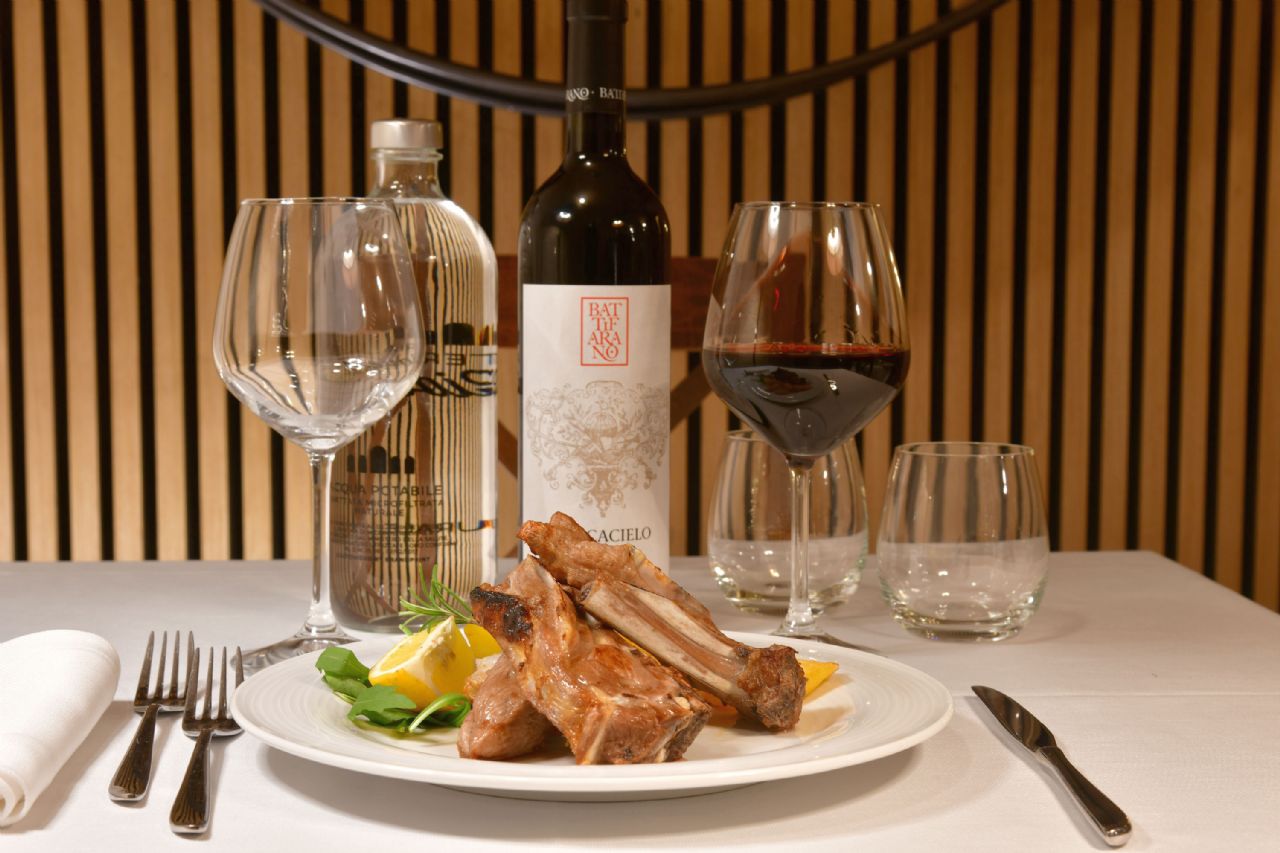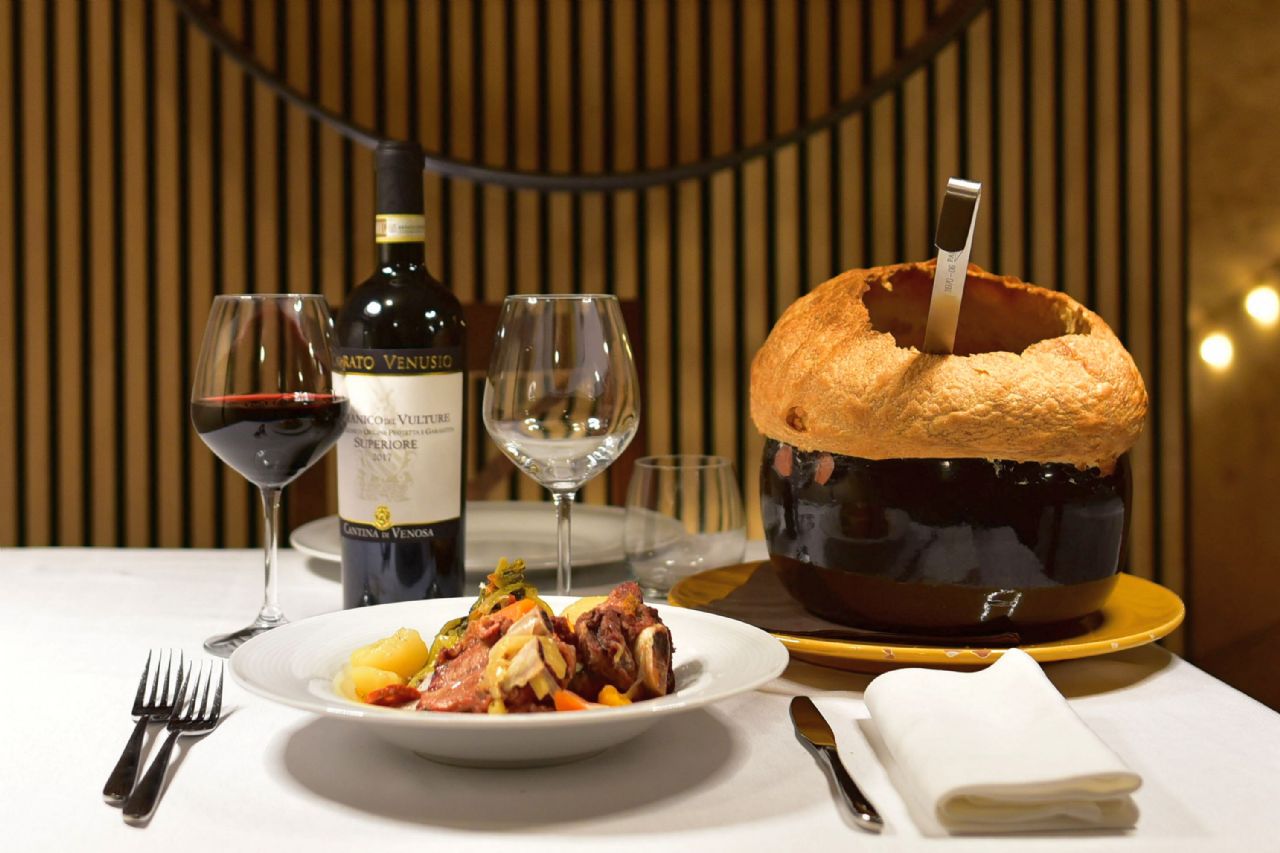
Traditional cuisine
Matera's cuisine has its roots in rural gastronomic culture, in the slow rhythms of the land and in the skillful ability to enhance simple ingredients, transforming them into dishes rich in flavor and meaning. Born from centuries of rural and pastoral life, the local cuisine is closely linked to the landscape of the Murgia Materana, the seasons, and ancient practices of food preservation and sharing.
A simple, healthy, and seasonal diet
The traditional diet in Matera was based mainly on wild vegetables, legumes, cereals, and extra virgin olive oil, with occasional use of meat, consumed mainly during religious holidays, community events, or special moments in the agricultural calendar. The guiding principle was that of natural sustainability: people ate what the land and climate could offer, with little waste and great respect for available resources.Matera bread: the heart of the table and a key ingredient
One of Matera's gastronomic symbols is undoubtedly its naturally leavened bread, recognized as a PGI product. Made with locally grown durum wheat semolina, Matera bread was kneaded at home by women once or twice a week and baked in wood-fired ovens in the Sassi. The loaves, which could weigh up to 5 kg, were often marked with identifying symbols.Stale bread was never thrown away: it was reused in numerous popular recipes, the best known of which is Cialledda, prepared cold in summer with onion, tomatoes, oil, and basil, or hot in winter with vegetables, soaked bread, and egg. This poor man's dish, hearty and nutritious, was eaten by farmers in the early hours of the day before heading out to the fields.
The products of the land and the Murgia
The Matera area has historically been suited to the cultivation of cereals, olives, and vegetables, as well as sheep and goat farming. In addition to these, there are numerous wild herbs, tubers, mushrooms, wild fruits, and snails, gathered in the countryside and in the Murgia areas by the people of Matera, who have been able to integrate them into their daily diet.Aromatic and seasonal herbs such as chicory, sivoni, and cimalaponi, together with snails, wild asparagus, and cardoncelli mushrooms, were part of family recipes and are still today the stars of many typical dishes served in local restaurants.
Meat in Matera's culinary tradition
Unlike today, meat was a rare and precious food in the past. It was eaten barbecued on Sundays or during important festivals such as Carnival or Sant'Antonio Abate, celebrations linked to the slaughter of pigs.During the winter, when agricultural work stopped, the “death of the pig” was celebrated: a moment that was as practical as it was ritualistic. The meat was made into sausage, soppressata, and capocollo, preserved with salt and eaten in the following months. Some cuts, such as the becco (male sheep or goat), were cooked because they were considered less valuable and therefore more accessible.
One of the most representative recipes of this tradition is Pignata, prepared with sheep meat (often from old sheep), cooked slowly in a terracotta pot, together with sausage, vegetables, wild herbs, and pecorino cheese. The pot was sealed with a crust of dough and left to cook for hours in a wood-fired oven. The result? A robust, intense, and profound dish, symbolic of Matera's agropastoral cuisine.






 Sito Italiano
Sito Italiano